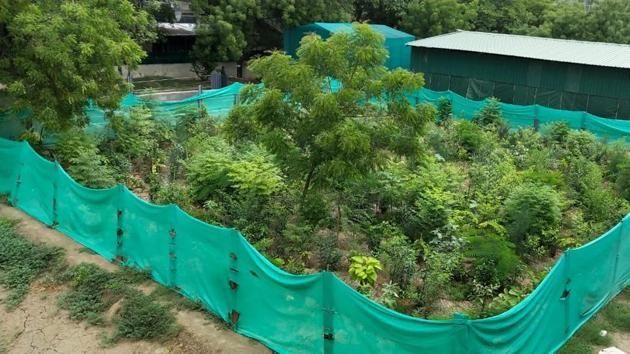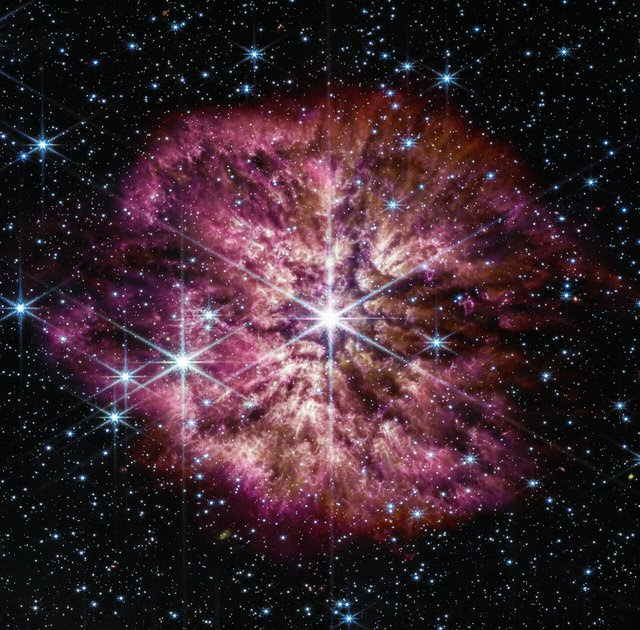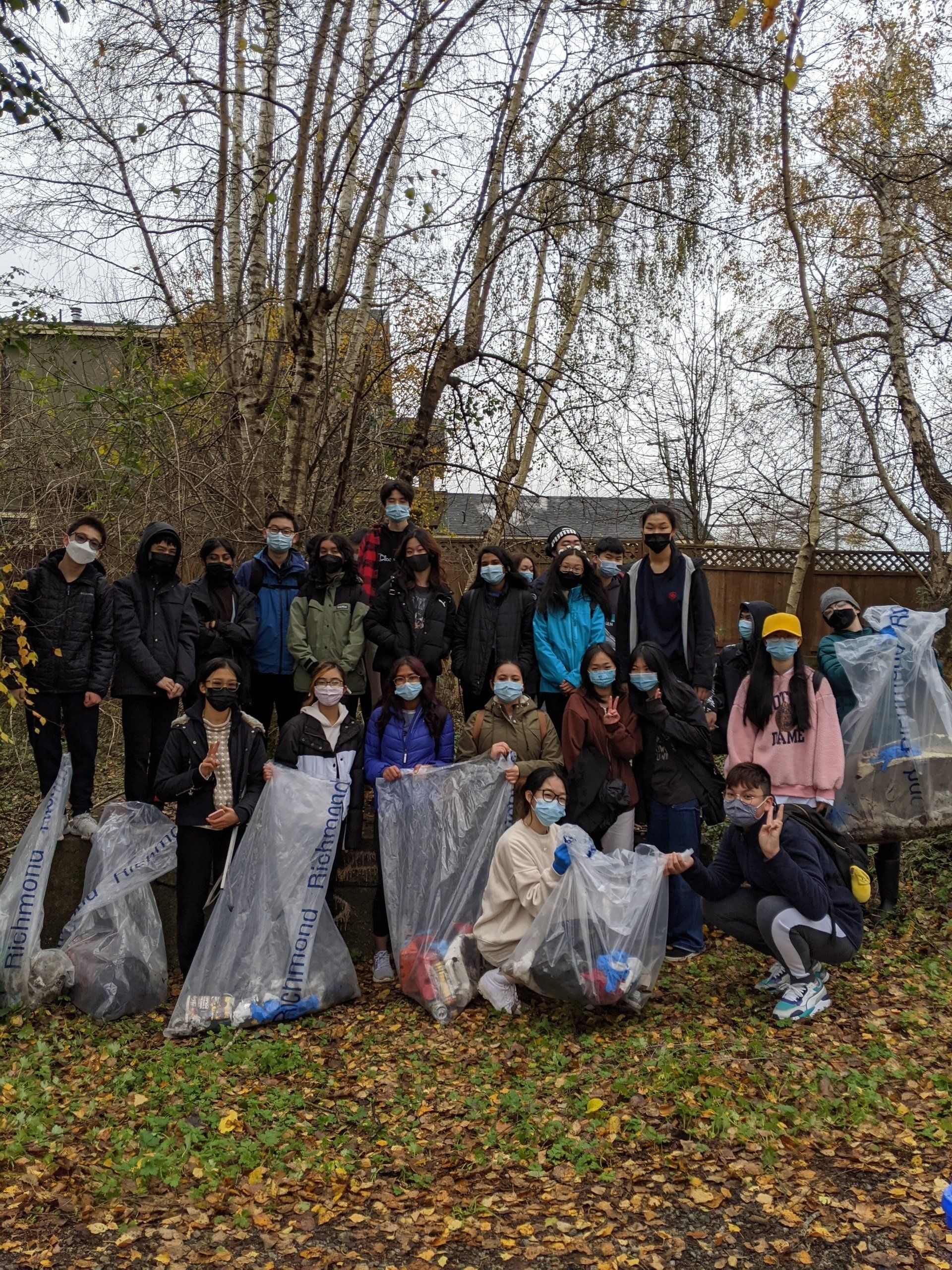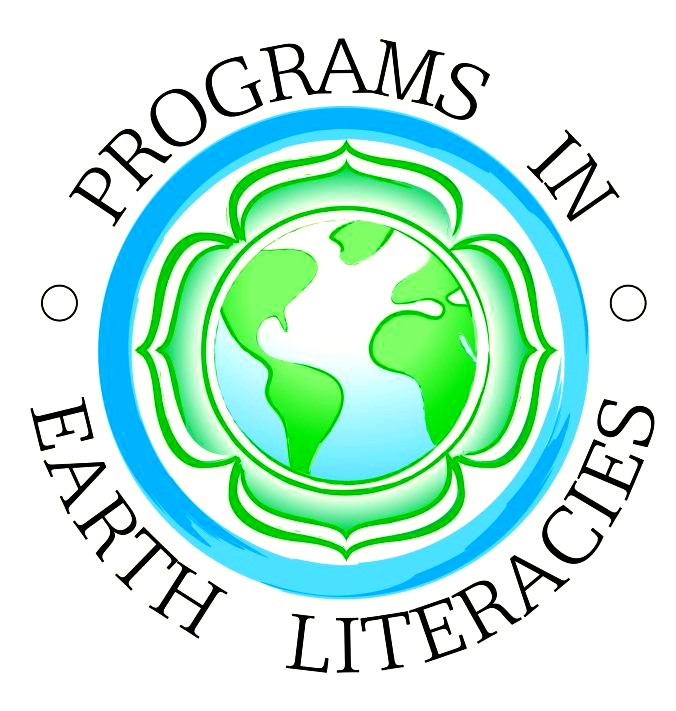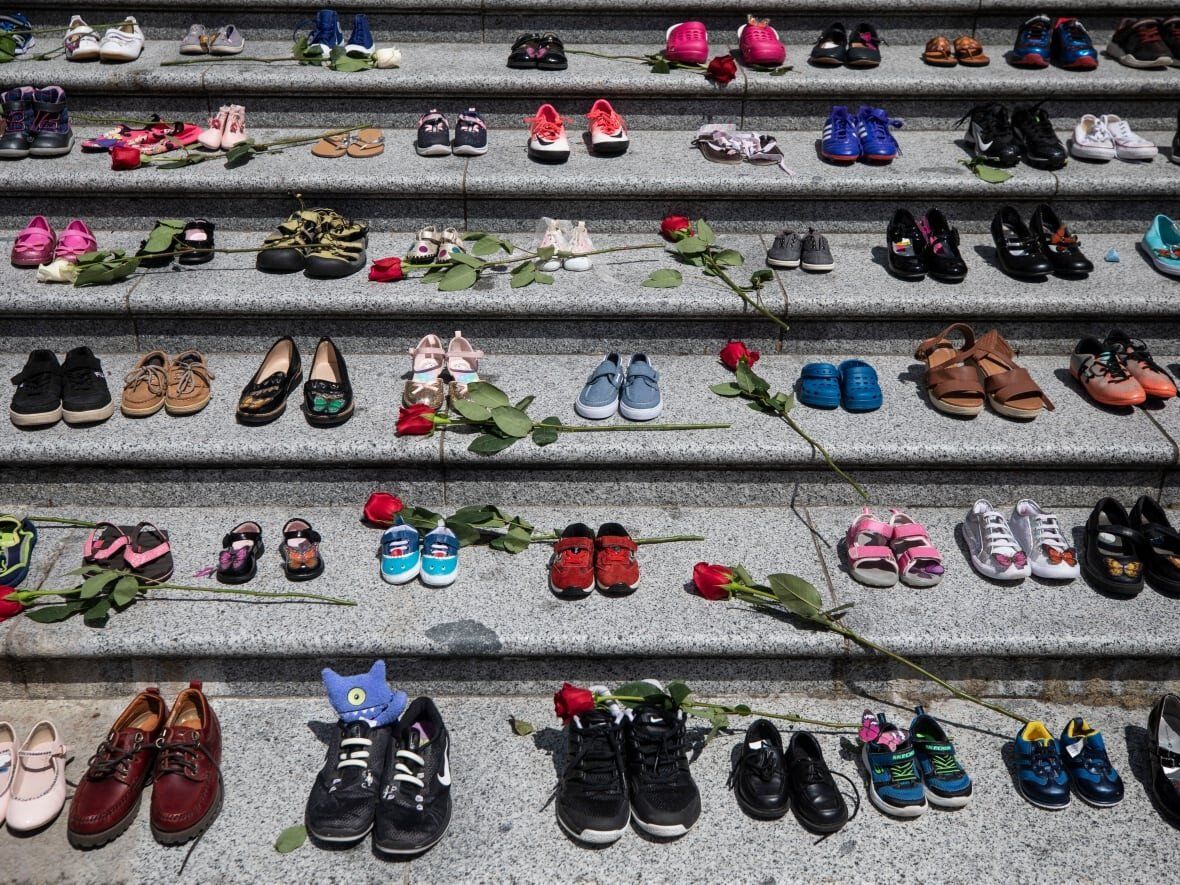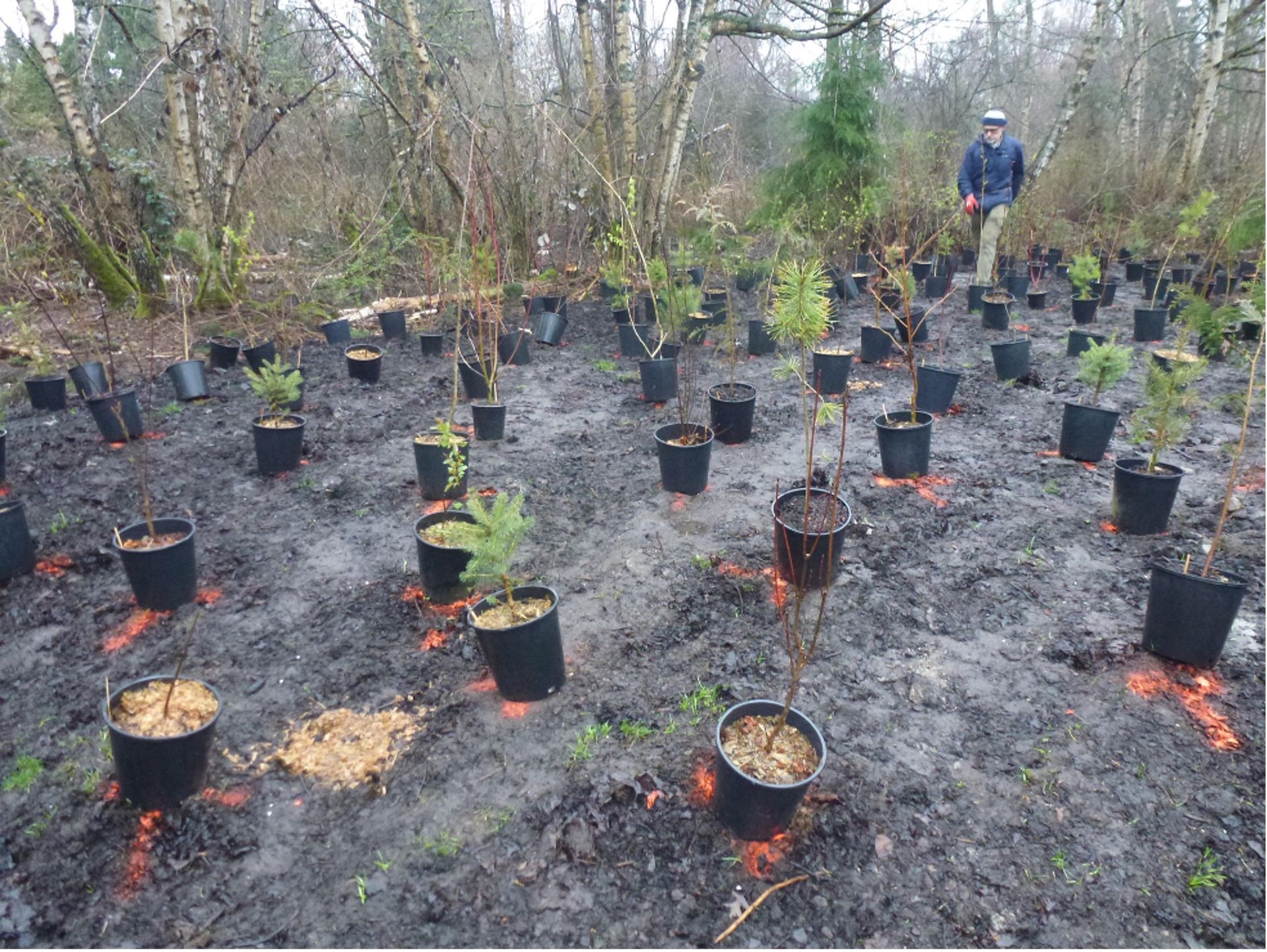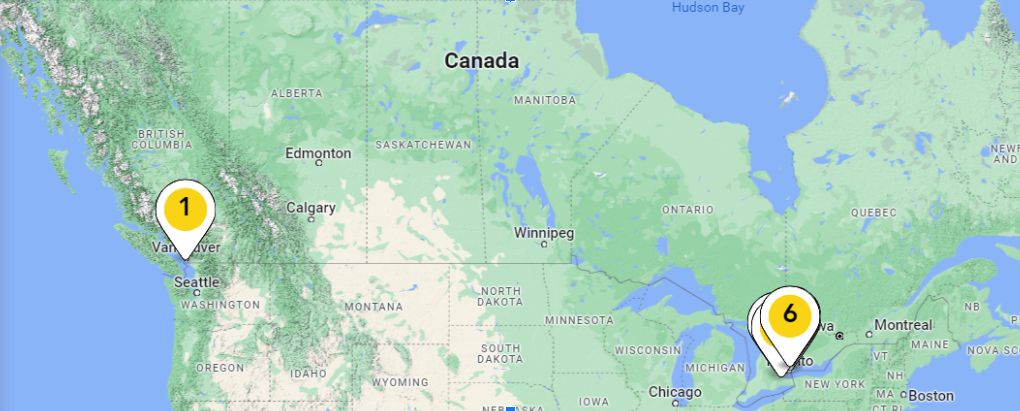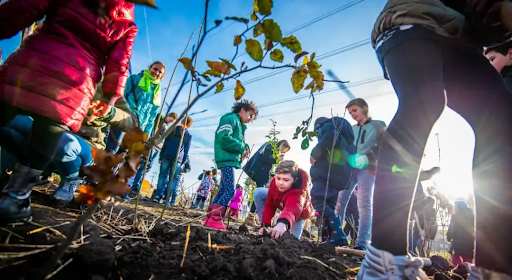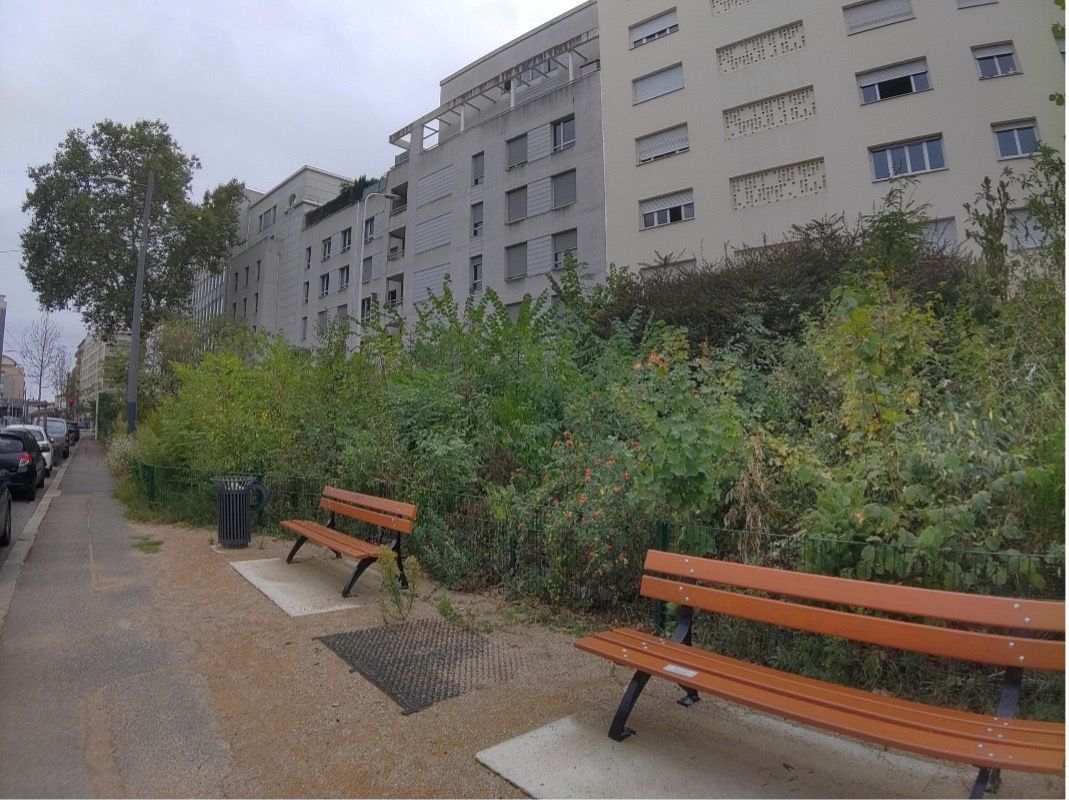Canada Day ReBoot
Rather than "cancelling" Canada Day, July 1 can be a moment to embrace the challenge of change - to reboot Canada.
Does anyone feel like celebrating Canada Day anymore? As Canadians, the gruesome and ongoing discoveries of hundreds of unmarked graves at the sites of former institutional Indian Residential “Schools” – where, for decades, approximately 150,000 children of First Nations families were forcibly sent by government and church officials and those working on their behalf -- must surely give us pause. After all, the celebration of Canada Day is based on the belief in the good of our country, of our communities, and of our history. How insincere would such a celebration be now, given the failure of Canada and Canadians to reckon with the genocide of all First Nation peoples, which paved the way for settlers to overtake the territories that they renamed “Canada”? How repulsive to sing the praises of, to stand on guard for, a state whose official policy was to “kill the Indian in the child”, who believed that destroying families and cultures by stealing and abusing children would constitute progress for the state? The remains of children, some as young as three years old, in unmarked graves are speaking to us now, more loudly it seems than the testimony of thousands of survivors and their relations, who have been telling for decades about friends, siblings, cousins, who never made it home to their families again. As more sites surrounding former residential “schools” are searched, the chorus of those stolen, abused, neglected, and murdered children will only grow louder.
Will we hear them this time? Around the world, Canada enjoys a reputation as a peace-loving, tolerant, multicultural country. Canadians brag (and complain) about the public (though certainly not perfect) health care system, about our peaceful democracy, and our politeness. We feel blessed by the abundance of nature here; by the fresh water, by the fish and animals and trees, and by the growth and death and rebirth that attends the changing of the seasons and offers us all the gift of renewal. However true or mythical are these joys of Canadian life, it must be recognized now that we have not been worthy of them. Beneath the cascading landscapes, behind the peaceful transitions of political power, and across the whole continent, a quiet terror has thrummed, reverberating to the energy of violence and destruction wrought by colonial conquests for the land and its riches. I can imagine it easily: ships filled with tall, straight, strong trees felled from sprawling forests, heading back to Europe’s growing manufacturing operations, trees that would become the masts of still more sea-worthy ships which would in turn sail back to Turtle Island with goods to trade for more lumber, or furs, or tobacco. And then later, the ships would bring settlers, some with a seemingly insatiable appetite for destruction, who would build cities and mines and quarries and hydroelectric dams and industrial agriculture, eventually creating the systems of exploitation, extraction and consumption of the gifts of the earth that ripped apart social and cultural life along with the earth itself.
The people of the land, too, would vibrate to this energy. The First Peoples -- those nations who encountered the European newcomers as they landed, settled, and spread out over Turtle Island, calling it by the name they invented: the New World – had their own social, cultural, and political systems that were interconnected with the land and rhythms of life. But these were violently overridden by the newcomers worldview, which was, most simply put, White Supremacist. The idea that Western Europeans had/have dominion over the earth and its creatures was/is the seed of the genocide that Canada has been perpetuating on Turtle Island since contact, and around the world through its mining interests in Africa, for example, or it’s subsidization of planet killing fossil fuel industries through LNG, pipelines, and tar sands development. The doctrine of separation, in which White Canadians and our society are understood to be distinct from and superior to all other cultural expressions, all other social formations, all other species on the planet, created these violent vibrations. The supremacist fantasies of the settler state and churches only work to separate, to divide and order along a continuum of value. The Residential “School” system punished children for not being White, for not being Western, for failing to be separate from nature. The schools could never “make” a child who was embedded in their community White, but it could make them separate, make them inferior, make them disappear on the edges of White society, either through death or cultural genocide.
But you might have known already. Did you know? Did you know before now (June 2021) that thousands of children were stolen from their homes, families, and communities by Canadians? That they were given to residential schools where they were less students than inmates, hair cut short, names removed, languages forbidden, love and affection denied? Not only this, but many were horribly abused physically and emotionally from very young ages. Many of the children, so many of the children, were abused sexually, as well, and the repercussions of all this abuse have been dizzyingly complex, even if they are perfectly understandable. The intergenerational harms of the “schools” and other forms of settler violence (including the oppressive imposition of Western systems of thought and government) are increasingly evident to contemporary Canadians, though not because of our own efforts to understand. After all, the Truth and Reconciliation Commission of Canada (TRC) reported on all of these issues when their worked wrapped up in 2014, and published 94 different Calls to Action for Canadians and governments to pursue as the work of reconciliation. Since 2014, progress on these Calls has been glacial, even as the voices of Indigenous communities have been rising to break through our complacency – rising about the lack of clean drinking water in First Nations Communities, about mental health support and suicide prevention for youth, about racist violence in Canadian cities and institutions, and about finding and honouring their relatives who died or were killed while at residential schools. Of the 94 Calls to Action in the TRC report, numbers 71 to 76 deal specifically with “Missing Children and Burial Information” from the Residential School system. Call to Action #75 asks that:
“the federal government to work with provincial, territorial, and municipal governments, churches, Aboriginal communities, former residential school [survivors], and current landowners to develop and implement strategies and procedures for the ongoing identification, documentation, maintenance, commemoration, and protection of residential school cemeteries or other sites at which residential school children were buried.”
Perhaps now, 7 years following the TRC, this Call to Action is receiving the critical mass of attention, cooperation, and funding it requires. I don’t know if any representatives of Canadian governments, churches, or landowners were involved with the plan to search the grounds of the former Kamloops Indian Residential “school” for buried remains of missing children, but I do know that it was the Tk'emlups te Secwepemc First Nation in Kamloops, BC, who hired a ground penetrating radar service to do that work. And it was a grant from the Archdiocese of Regina that enabled the Cowessess First Nation in Saskatchewan to perform a search of the Marieval Indian Residential School site using the same technology. A group of academics and professional researchers based at Simon Fraser University, the University of Brandon, and the University of Windsor, led by the Sioux Valley Dakota Nation, received funding in April 2019 from the Social Sciences and Humanities Research Council of Canada (SSHRC) to pursue a collaborative investigation into unmarked graves associated with former the Brandon Indian Residential "School", but the project has been interrupted by the pandemic. It is likely that their work will not only be amplified when it resumes, but it will accelerate. More remains of children will be found all over this land.
After the TRC, we cannot say we did not know and yet the discoveries in Kamloops, in Regina, and all future discoveries from the decommissioned sites of residential schools across Turtle Island, will shock us and shame us and hopefully transform our ignorance into something like action. What can this action look like now, as Canada Day looms? I am moved by the On Canada Project, which encourages Canadians to change the way we commemorate Canada’s founding and history, and to do so publicly so that our elected officials know that their actions - and not their words of support or sympathy - are what is required. What have we been waiting for? It is us, me and you dear reader, who can change the systems of separation, exploitation, and commercialization of the past for the future. The founding gesture of Canada was the removal of all that came before the colonial systems, and it is therefore a full systems reboot that is called for. We must reboot Canada. Shut down the separatist, supremacist, extractive, consummerist Canada and reboot it with systems embedded in the totality of nature, with humility for the humanity's place in the cosmos, and with the aim of regenerating, not consuming, the future. Who will do this work if not us, now? As the On Canada Project reminds us, We are the ones we’ve been waiting for.
It is time to change. Let us support our First Nations neighbours, our brothers and sisters on Turtle Island, who are defending the land, the water, and their stolen ancestors with more than greif and shame. Let us support each other as settlers to be brave enough to become accomplices in the necessary work to oppose and transform the colonial systems that make these defenses so essential. Let us strive, this Canada Day, to live up to our own aspirations of “Peace, Order, and Good Government”.
A great resource to begin with comes from the On Canada project website:
https://oncanadaproject.ca/settlerstakeaction
For Indigenous folks, there are resources to support you during this heavy time. Some are listed here:
- The Indian Residential School Survivors Society is available at 1-800-721-0066 along with a 24-hour crisis line at 1-866-925-4419 for those who need immediate support.
- The KUU-US Crisis Line Society provides an Indigenous-specific crisis line available 24 hours a day, seven days a week. It's toll-free and can be reached at 1-800-588-8717
- The First Nations Health Authority offers support specifically for survivors and families who have been directly impacted by the Indian Residential School system.
